Our Stategy 2024 - 2027
Our purpose
Our vision
Introduction
We exist to protect lives, property and the environment from fire and other emergencies. This strategy is a roadmap for how we will continue to evolve, ensuring that our services continue to meet your needs, while striving for excellence in everything we do.
As a publicly funded emergency service, we are accountable to you, the people we serve. This strategy has been crafted with your input, drawing from the feedback provided during our public consultation in 2023 and building upon work done to achieve our aims throughout 2024. You shared your views on where we excel, where we can improve, and the priorities you believe we should focus on to make the communities of the West Midlands safer, stronger and healthier. Your voices have been integral in shaping the direction of this strategy.
Through your feedback, we learned that trust in our service is high, but you have asked for even more – greater community engagement, enhanced safety education, and a stronger focus on emerging challenges such as climate change. We’ve listened, and these priorities have been embedded into our strategic goals.
This strategy continues to outline our vision for the future and sets out how, as one team, we will deliver the best possible outcomes for you. It focuses on being proactive, effective and efficient, ensuring we can adapt to the ever-changing landscape of fire safety and emergency response.
With this strategy, we aim to build on the trust you have in us and continue to improve the way we serve you. Our commitment to safety, community, and excellence remains at the heart of everything we do.


Chief Fire Officer


Chair, West Midlands Fire and Rescue Authority
Our 2024-2027 strategy document, launched in April 2024, sets out what we are going to do to keep improving. It builds on and replaces our previous three-year rolling strategy, which we called ‘Our Plan’ and published annually. This was the beginning of a new approach designed to articulate our longer-term vision and to show not just what we aim to achieve, but how we will deliver it and how we will measure success.
We committed to report on our progress every year through an Annual Report, in which we will highlight our successes and explain where we need to do more.
At that time, we organised our strategic goals into four areas, aligned to the way we organised our service - Community Risk Reduction, People, Enabling Services and Values. However, while these were a convenient way to arrange our goals, everyone in our service had a responsibility to deliver against them and contribute to our intended outcomes. In June 2024, we decided to adopt a more connected approach, with ‘One Team’ at its heart. This led to the revision of our core values - amalgamating the National Fire Chiefs Council Core Code of Ethics, our existing values and a sharp focus on leadership, culture and trust.
Our rolling strategy has been updated to more clearly articulate our vision, our purpose and our areas of focus. Pivotal to creating one team we maintain a shared vision, which has been refined and is now supported with a clear articulation of our purpose. This is the goal around which everyone rallies, irrespective of their role. We have also simplified the format to make this document even more accessible to our staff, communities and partners.
We are your fire and rescue service, and we are here when you need us. We are hugely proud of what we do and what we have done to get here.
This strategy and the goals we set ourselves are informed by our Community Risk Management Plan (CRMP) which is, in turn, informed by the views and opinions you shared through our 2023 public consultation. The CRMP is an assessment of the foreseeable challenges and risks facing our communities and what needs to be done to reduce them. We use this analysis to inform our strategic goals, as well as to determine the specific projects we will undertake to achieve those goals and address the risks.
Our strategic commitments
Prevention, protection and response are the core of what we do and where we focus the majority of our attention, energy and work.
They are what our communities see most often. To be an outstanding and trusted emergency service across the West Midlands and beyond, we must deliver these services in a way our communities can understand. If they take action as a result of our work, we will achieve our vision.
We are ‘making the West Midlands safer, stronger and healthier’ through our three core service areas:
Prevention
Delivering activities which support safer and healthier communities.
Prevention is the foundation for building safer, stronger and healthier communities. We take an evidence-based, life course approach to everything from safety education for children and young people to safe and well visits for those most at risk in our communities. Delivering prevention activities through collaborative partnerships contributes to the reduction of risk, saves lives, protects properties, and helps to reduce health inequalities across the West Midlands.
Protection
Response
Capabilities and areas of focus
Capabilities
Through investment, development and dedication to our people, partners and our communities, we have a robust set of capabilities, which we can draw upon to deliver our vision and achieve our purpose, including:
- rich data and a good understanding of our community risk
- a footprint within our communities
- the trust of those we protect and an effective response to their emergencies
- a professional workforce we are invested in developing
- an approach which makes us a partner of choice
- resilience throughout the organisation.
Themed areas of focus
These are our six themed areas of focus:
Communities
Individual and collective excellence
One team
Environmental sustainability
Value for money
Innovation
What we strive to achieve
Zero preventable water, road and fire deaths
Fast response times, comprehensive training, education, stronger regulations, and advanced technology can greatly reduce risks within our communities. We must take every possible action to protect and save lives.
Striving for zero preventable deaths aligns with national and international safety standards, reinforcing both compliance and accountability.
While achieving absolute zero may be challenging, setting this standard is the right thing to do. It prevents complacency and ensures every possible life-saving measure is taken.
Explaining our measures
Safe and Well (SAW) visits to people’s homes involve much more than just fitting smoke detectors. There are strong links between health, well-being and lifestyle choices and the risk of fire. That is why we target the most vulnerable and do everything we can to mitigate that risk.
The number of statutory consultations completed measures how effectively we meet our legal deadlines for providing fire safety advice on planning, building regulations, and other statutory applications.
Risk-based attendance includes how effectively we manage the 999 calls, as well as how quickly we get the right resources to an incident. We know the importance of getting to high-risk incidents within five minutes and categorise our attendance standards for a range of incidents based on risk.
How we'll measure it
Number of safe and wells achieved by the service.
Number of children engaged in prevention education activity.
Number of accidental fires in people’s homes.
How we'll measure it
Number of fires in non-domestic premises and derelict buildings.
Number of false alarms.
Number of statutory consultations completed in timeframes.
How we'll measure it
Risk-based attendance standard.
Call handling time.
Strengthened community engagement
Explaining our measures
Our Communications Trust Survey is a six-monthly survey carried out with our staff, partners and communities to assess the trust they have in our communications and engagement, including areas such as our safety campaigns and social media content.
Our Corporate Communications Strategy provides more information on our approach to effective communications and engagement. To request a copy, please email administration@wmfs.net
How we'll measure it
Percentage of Safe and Wells referred by our partners.
How we'll measure it
Percentage of public and staff trust in service communications.
Highest possible levels of staff trust
By investing in our people and nurturing a culture of mutual respect, we ensure that our staff are motivated, confident, and ready to deliver the highest standards of service to our communities.
Explaining our measures
Staff will be asked to report their degree of trust in the organisation – reflecting how comfortable they are at work, their faith in leadership and our various policies and processes.
An appraisal is the process whereby the employee and the line manager discuss the employee’s progress and challenges over the previous year and plan for the upcoming year. Together they explore areas to develop further, set goals, discuss progression and create an action plan including milestones and support needed.
RIDDOR Injuries are the most serious injuries that must be reported to the Health and Safety Executive under the Reporting of Injuries, Diseases and Dangerous Occurrences Regulations 2013.
Our Inclusion Road Map sets out our plans to deliver against these strategic goals and our specific plans in areas such as inclusion, data reporting and staff engagement. To request a copy, please email administration@wmfs.net.
How we'll measure it
Percentage of staff with protected characteristics and their role within the service.
How we'll measure it
Percentage of staff trust in the service.
How we'll measure it
How we'll measure it
Total number of injuries/total number of RIDDOR injuries.
The average number of working days/shifts lost due to sickness.
Optimal efficiency and innovation
By adopting advanced technologies and rethinking practices, we aim to improve efficiency and uphold the high standards our communities trust, now and for future generations.
Explaining our measures
Statutory data compliance means following laws that govern how data is collected, stored, and used. It involves protecting data, getting consent, reporting breaches, and respecting privacy rights. Compliance avoids fines, builds trust, and reduces data risks.
Cyber Essentials Plus is a government-backed, industry-supported scheme which helps organisations protect themselves against online threats. By aiming for the ‘Plus’ standard, WMFS will be subject to a hands-on technical verification, providing extra assurance of our cyber security.
IT operations metric is used to track and assess the performance, efficiency, and reliability of IT systems and processes, helping to ensure our technology infrastructure supports business goals effectively.
Our Digital and Data Strategy explains how will deliver our goals for technology, data and cyber security. To request a copy, please email administration@wmfs.net.
Our Budget and Medium-Term Financial Plan are agreed and published every February and provide further detail on how we will deliver our efficiency goals and achieve a balanced budget.
How we'll measure it
Percentage of Business Continuity Plans reviewed and up to date.
How we'll measure it
IT operations metric.
Cyber standards compliance.
Statutory data compliance.
How we'll measure it
How we'll measure it
Identify service changes and other efficiencies that can be delivered from 26/27.
Enhanced productivity
Through these efforts, we aim to enhance performance, deliver results more swiftly, and ensure that our resources are used to their fullest potential, benefiting both our workforce and the communities we serve.
Explaining our measures
Core Skills Assessment is how the service determines that each member of staff has the required knowledge and skills to undertake their job, be they a firefighter, member of fire control, or one of our support staff.
You can read more about our approach to meeting our efficiency and productivity targets in our annual Efficiency and Productivity Plan, which is updated every March. This report is produced at the request of the Home Office and sets out how we will meet the targets set for us by Government and reflected in our goals above.
How we'll measure it
Percentage of Core Skills Assessment compliance.
How we'll measure it
Improvement in a range of productivity measures.
Carbon neutrality
We are dedicated to achieving carbon neutrality while maintaining the high standards of service our communities rely on. This ambition reflects our responsibility to both the environment and the people we serve.
Explaining our measures
Total carbon footprint is measured in terms of tonnes of CO2 equivalent emissions either produced directly by the organisation from things like heating and fuelling vehicles (called Scope 1), or indirectly from the energy we buy (Scope 2).
CO2 equivalent is a measure designed to take account of all types of greenhouse gases but provides a consistent measure in terms of the environmental impact they have equivalent to a standard measure of CO2, the most common greenhouse gas.
How we'll measure it
Total service carbon footprint/output.
Service gas and electric usage.
Summary
This annual refresh of our three-year strategy continues to set out our vision for the future of our fire service - one that prioritises safety, innovation, and resilience. By working as one team, focusing on our people, investing in technologies, and strengthening community partnerships, we are building a service that is equipped to meet the challenges of today while preparing for those of tomorrow. Together, we will continue to protect lives, property, and the environment with unwavering dedication and professionalism. As we move forward, we remain committed to adapting, improving, and delivering the exceptional service our communities deserve.
Find out more about how we manage risk and create 'Our Strategy'
The CRMP is an assessment of the foreseeable challenges and risks facing our communities and what needs to be done to meet them.
We use this analysis to inform the strategic goals, as well as to determine the specific projects we will undertake to achieve those goals and address the risks.
Our
Strategy
2024-2027
Our vision
Our mission statement
Introduction
We are your fire and rescue service, and we are here when you need us. We are hugely proud of what we do and what we have done to get here.
This strategy document sets out what we are going to do next to keep improving. It builds on and replaces our previous three-year rolling strategy, which we called ‘Our Plan’ and published annually. This new approach is designed to be more clearly forward looking, and to show you not just what we aim to achieve, but how we will deliver it and how we will measure success.
Starting from our vision of Making the West Midlands Safer, Stronger and Healthier , we have set 17 strategic goals for the next three years, each with at least one Key Performance Indicator which will help us determine whether we are achieving that goal. We will report on our progress every year through an Annual Report, in which we will highlight our successes and explain where we need to do more.
We have organised our strategic goals into four areas, aligned to the way we organise our service. However, while these are a convenient way to arrange our goals, everyone in our service has a responsibility to deliver against them and contribute to our intended outcomes.
All our strategic goals and performance measures then come together to form a ‘balanced scorecard’ which will be a simple, visual representation of our strategy for the next three years, all in one place. We’ll keep this live on our website, where you’ll be able to track our progress, as well as access wider performance data.
How we are going to deliver against each of our strategic goals is explained in more detail in our service delivery plans, and links to each are provided within the relevant sections of this document. These are more detailed plans covering a specific area of our business, such as our Inclusion Action Plan or our Efficiency and Productivity Plan. Each will also have its own goals and measures but will always be contributing to the delivery of the overall strategic goals of the service.
The strategic goals we have set ourselves, and this strategy as a whole, inform and are informed by our Community Risk Management Plan (CRMP), which is in turn informed by your views and opinions as shared through our 2023 public consultation. The CRMP is an assessment of the foreseeable challenges and risks facing our communities and what needs to be done to meet them. We use this analysis to inform the strategic goals, as well as to determine the specific projects we will undertake to achieve those goals and address the risks.
You can read our CRMP document on our website and explore the data and information that informs it. Also on our website, you can find out about the outcome of our consultation, and how that informed our planning.
Explore our four areas of focus - how we plan to deliver our strategy for 2024-27
Community risk reduction
We refer to some of our services and the individuals who provide them as ‘community risk reduction’ because they directly reduce the likelihood (risk) of a fire or other emergency occurring in our communities.
These services are grouped into the following categories:
Prevention
By focusing on those most at risk, our prevention work improves our communities’ quality of life through reducing their risk of fire, supporting them to lead healthier lives and educating them on how to be safer on our roads.
Protection
We inspect high-risk and tall buildings, including residential flats, hospitals, schools and businesses, to keep safe the people who live and work there. We also advise companies on fire safety legislation, to keep their staff and customers safe and help their businesses to grow. Where necessary we can go further and take enforcement action, including prosecution, where we feel the risk is significant.
Response
Our response to fires and other emergencies continues to be graded ‘outstanding’ by His Majesty’s Inspectorate of Constabulary and Fire & Rescue Services. We respond locally, nationally and internationally, saving lives, preventing harm, and safeguarding homes and businesses with the resources you need, when you need them.
The largest number of people employed by the service, each with a critical role on the frontline delivering prevention, protection, and response services to our communities through our network of community fire stations across the West Midlands.
From assisting with safeguarding our most vulnerable community members to co-ordinating our response to our largest incidents, fire control sits at the heart of our service.
Meet the organisation’s statutory duties under the Civil Contingencies Act (2004). As a Category 1 Responder we have six duties, including carrying out risk assessments, business continuity and putting in place
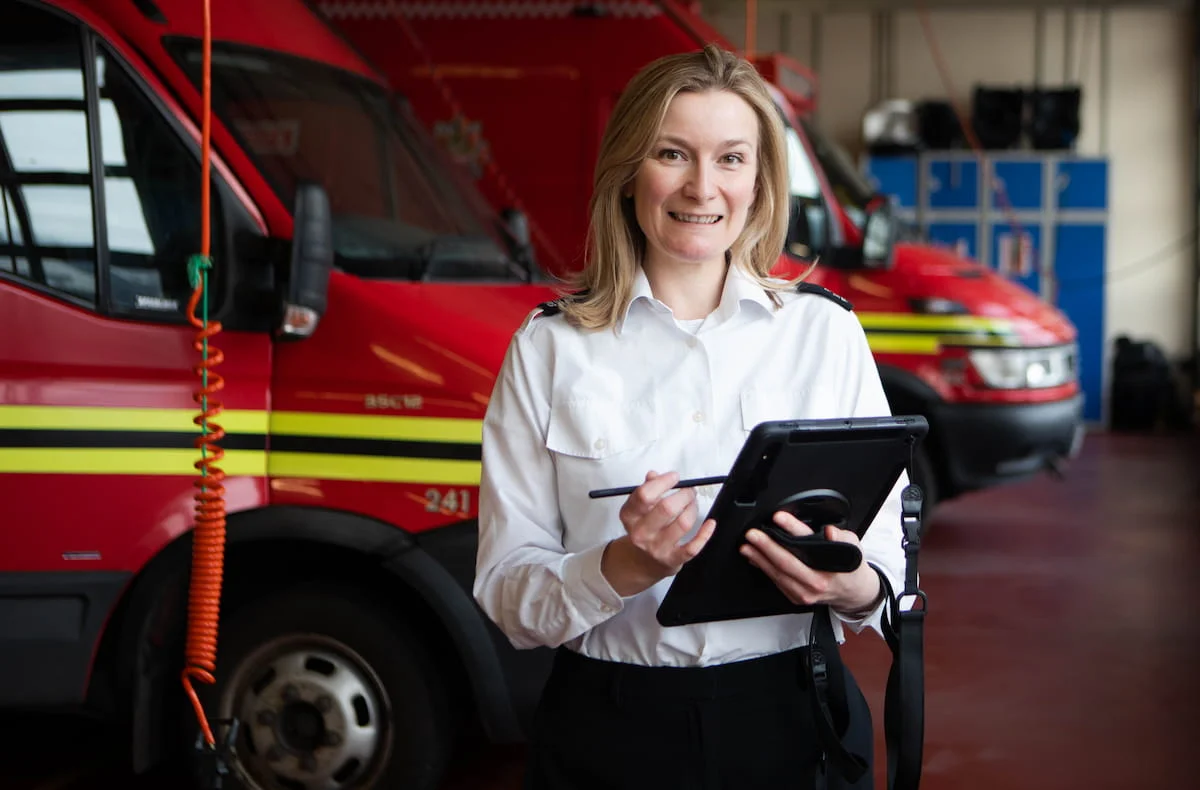
Strategic goals and performance indicators
Performance indicator
The number of accidental fires in non-domestic premises
The number of false alarm calls due to faulty fire alarm equipment in dwellings and non-domestic premises
The number of deliberate fires in derelict buildings
Performance indicator
The number of Safe and Well points achieved by the service (with average point score as a sub-PI)
The number of accidental dwelling fires
Performance indicator
Risk-based attendance standard.
(Call handling time as sub-PI)
Performance indicator
The percentage of Safe and Well visits referred by our partners.
Performance indicator
Up to date and reviewed Business Continuity Plans.
Explaining our measures
Safe and Well Points are a measure that the service uses to determine the relative risk of a home we visit. The higher the point score, the more risk factors that are present and therefore the higher the risk presented by the home .
How will we achieve this?
You will be able more about our plans to deliver against these strategic goals, and our more detailed plans for prevention, protection and response in our Community Risk Reduction Plan, which will be made available soon.
People
Our People are our greatest asset and a thriving, engaged workforce is crucial to our success. We put great focus on our employee experience, creating a positive work environment that promotes wellbeing and work/life balance.
We continue to be an employer of choice for our communities, through our commitment to building a diverse workforce reflective of the rich fabric of our society.
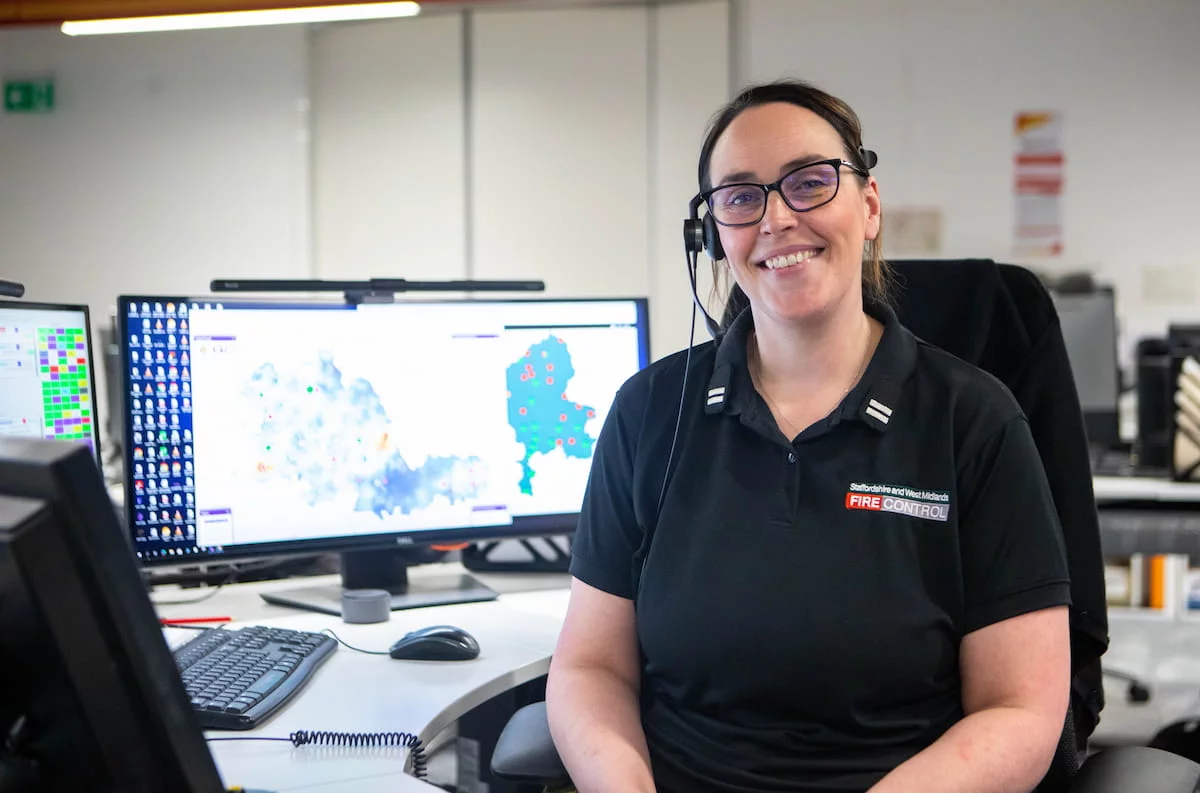
Inclusive and supportive culture
We are committed to fostering an inclusive and supportive culture where all our staff understand and live by our values, and where poor behaviour is robustly challenged and effectively dealt with.
Development and wellbeing
We take pride in the support and development we invest in our people.
Ensuring our staff are healthy and highly skilled allows them to provide the best possible services to each other and our communities.
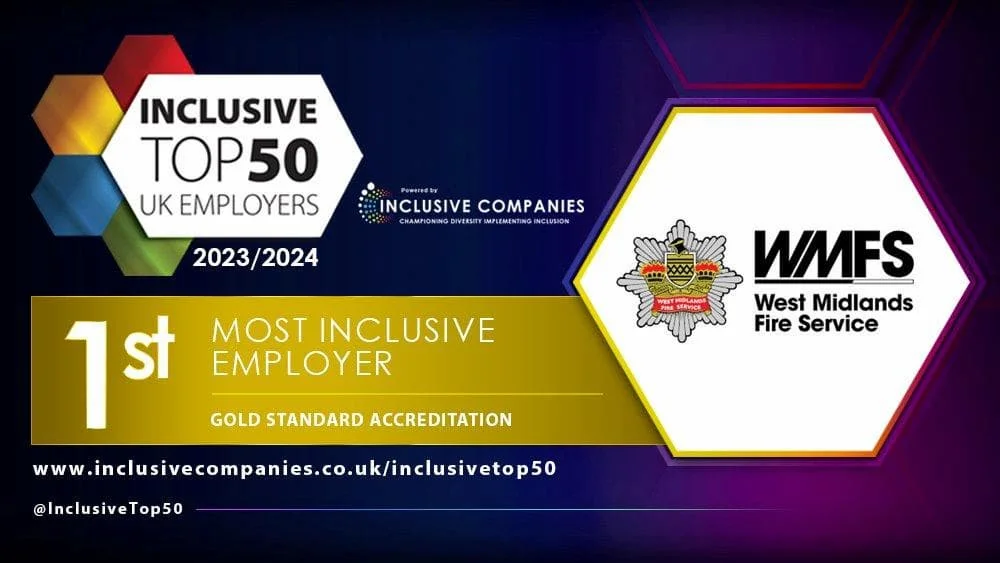


Strategic goals and performance indicators
Performance indicator
Percentage Black and minority ethnic uniformed staff/all staff
Percentage female uniformed staff/all staff
Performance indicator
Percentage of Staff trust in the service.
Percentage of completed IPDRs
Performance indicator
Percentage of Staff reporting understanding of our core values.
Performance indicator
Total number of injuries/total number of RIDDOR injuries
The average number of working days/shifts lost due to sickness – uniformed/all staff.
Performance indicator
Percentage of Core CRA compliance
RIDDOR Injuries are the most serious injuries that have to be reported to the Health and Safety Executive under the Reporting of Injuries, Diseases and Dangerous Occurrences Regulations 2013.
Staff will be asked to report their degree of trust in the organisation – reflecting how comfortable they are at work, their faith in service leadership and our various policies and processes.
An IPDR (Individual Performance and Development Review) should be undertaken at least annually with all staff, to help ensure their continuing development and provide evidence of core skills and competence.
We will also measure staff understanding of core values through regular staff surveys, with staff tested to ensure they can demonstrate knowledge of the values and how they apply to their work.
Competency Risk Assessment (CRA) is how the service determines that each member of staff has the required knowledge and skills to undertake their job, be they a firefighter, member of fire control, or one of our support staff.
You will be able to read more about our plans to deliver against these strategic goals and our specific plans in areas such as inclusion, data reporting and staff engagement in our Inclusion Action Plan, which will be made available soon.
Enabling Services
Designed to facilitate and accelerate delivery of key business goals, Enabling Services play a pivotal role in supporting WMFS to deliver its strategy and make the West Midlands safer, stronger and healthier.
Collectively, Enabling Services provide additional expertise to achieve the service’s vision by partnering with our community-facing teams to help them be more effective in their roles.
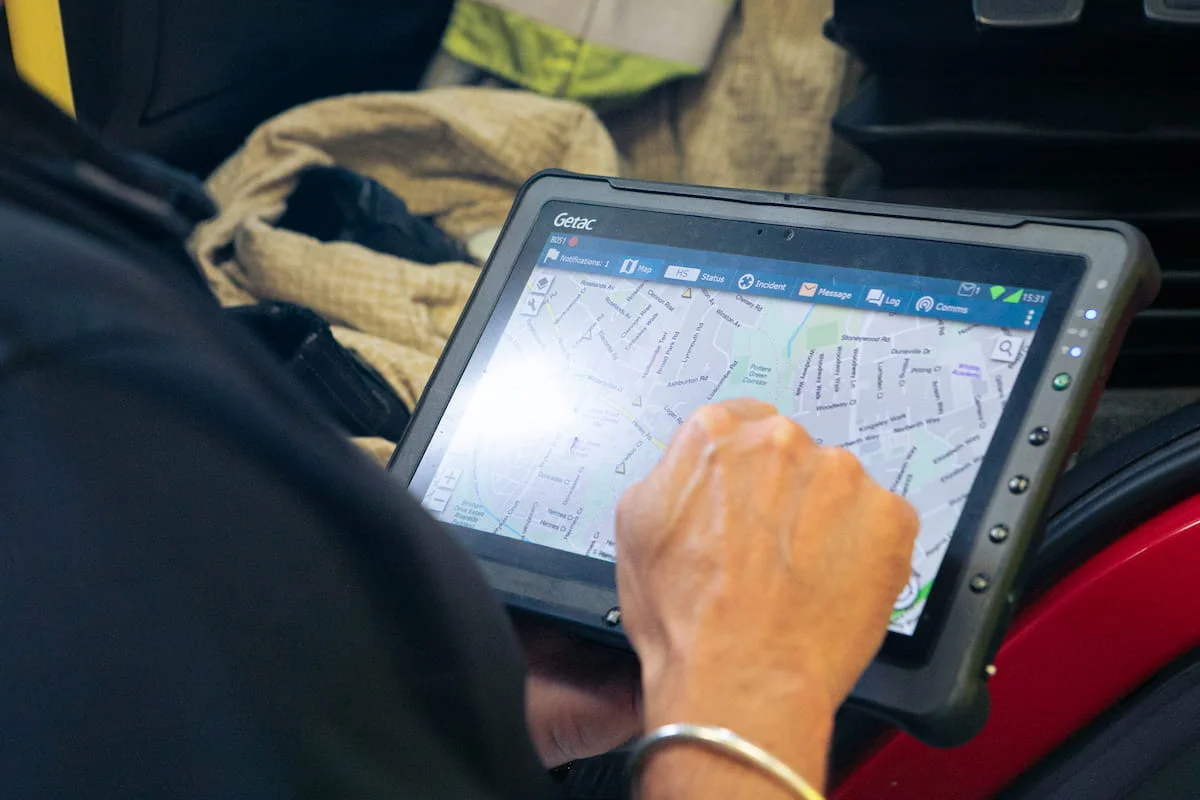
Finance, procurement and sustainability
Finance, procurement and sustainability drive efficiency and value for money alongside supporting resource allocation to enable the delivery of key priorities and transformation.
Communications and engagement
Communications and Engagement lead on engagement both within the service and with our communities, enhancing public awareness of the service, what we offer and our key safety messages.
Digital, data and technology
The Digital, Data and Technology team leverage technology to enable streamlined operations, data-driven decision making and enhanced service delivery.

Strategic goals and performance indicators
Performance indicator
Combined IT and Data Operations availability, performance, and reliability metric.
Performance indicator
Cyber Standards Compliance.
Performance indicator
Percentage public and staff trust in service communications.
Explaining our measures
Cyber Essentials Plus is a government-backed, industry-supported scheme which helps organisations protect themselves against online threats. By aiming for the ‘Plus’ standard, WMFS will be subject to a hands-on technical verification, providing extra assurance of our cyber security.
Our Communications Trust Survey is a six-monthly survey carried out with our staff, partners and communities to assess the trust they have in our communications and engagement, including areas such as our safety campaigns and social media content.
How will we achieve this?
You will be able to find out more about how we will deliver our goals for technology, data and cyber security in our Digital and Data Strategy, which will be available soon.
Our Corporate Communications Strategy, which will soon be published, will provided more information on our approach to effective communications and engagement.
Value
As a publicly-funded service, we are committed to ensuring our services are not only effective but efficient, too, delivering value for money and providing the best return on your investment in us.
Like all local authorities, we are subject to a Duty of Best Value to “make arrangements to secure continuous improvement in the way in which [our] functions are exercised, having regard to a combination of economy, efficiency and effectiveness.”
Efficiency
Improving efficiency helps us to invest in the people and service we provide to you and helps us to drive continuous improvement.
Productivity
We must also meet expectations set by central government of the fire and rescue sector as a whole to improve productivity.
We need to ensure that our crews and our support staff are making optimal use of their time and achieving the maximum benefit from the resources and money we invest in various activities such a prevention and training.
Sustainability
Of course, we must deliver value in a way that is sustainable for our people, communities and the planet – be that in the products we purchase, the vehicles we use, or how we heat and maintain our buildings – with the ultimate aim of achieving the West Midlands-wide ambition of net-zero by 2041.
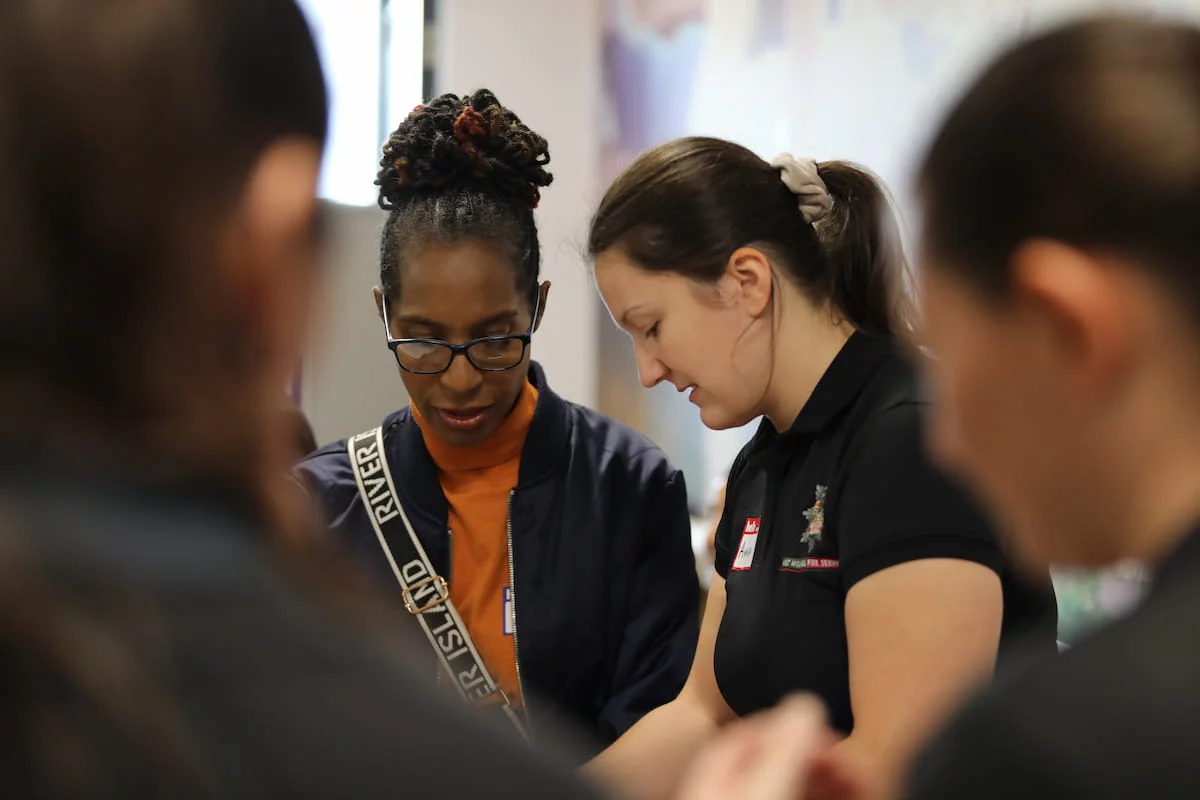
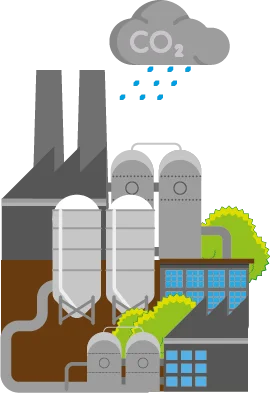

Strategic goals and performance indicators
Performance indicator
Achieving balanced budget.
Performance indicator
Delivery of in-year efficiency target.
Performance indicator
Overall Service Productivity.
Economic and Social Cost of Fire.
Performance indicator
Total service carbon footprint/output
Service gas and electric usage
Explaining our measures
Total carbon footprint is measured in terms of tonnes of CO2 equivalent emissions either produced directly by the organisation from things like heating and fuelling vehicles (called Scope 1), or indirectly from the energy we buy (Scope 2).
CO2 equivalent is a measure designed to take account of all types of greenhouse gases but provides a consistent measure in terms of the environmental impact they have equivalent to a standard measure of CO2, the most common greenhouse gas.
How will we achieve this?
You can read more about our approach to meeting our efficiency and productivity targets in our annual Efficiency and Productivity Plan, which is updated every March. This report is produced at the request of the Home Office and sets out how we will meet the targets set for us by Government and reflected in our goals above.
Our Budget and Medium-Term Financial Plan are agreed and published every February and will provide further detail on how we will deliver our efficiency goal and achieve a balanced budget.
Will also be able to read more about how we will deliver on our commitment to achieving Net Zero within our Sustainability Strategy soon, when we publish it in full.
Find out more about how we manage risk and create 'Our Strategy'
The CRMP is an assessment of the foreseeable challenges and risks facing our communities and what needs to be done to meet them.
We use this analysis to inform the strategic goals, as well as to determine the specific projects we will undertake to achieve those goals and address the risks.